Developer: Office I, Sega AM7 R&D Division
Publisher: Data East
Release Date: 1993
The Sega CD was a platform that had all the potential in the world. It was the first relatively affordable CD system to make it to market in the US, and it was released during the height of Sega’s popularity. Sure, it connected awkwardly and needed and extra plug but think of all the possibilities for sound and video. It was also home to some truly great games. So why did it fall short and become mostly the butt of jokes today? Well, it’s probably because of games like Panic!. Sega thought that consumers would be more interested in the novelty than the gameplay, so too many games fall into the “push a button, watch something happen” category. Panic! doesn’t have the grainy visuals or C-list actors like all too many Sega CD games, but it may be the ultimate anti-game on the console. It’s a game that does the opposite of what a game is supposed to do. If you like gameplay or coherence stay far away. It’s hard to even say you play this game. In true anti-game fashion, Panic! plays you.
The humor is juvenile even though the game is not for kids
So, here’s how the thing works. You play as a kid who has been sucked into a TV and has to traverse a series of rooms to deliver an antidote to the main computer in order to stop a horrible virus. You do this by standing frozen in random rooms and pushing buttons that hopefully take you to the next room but usually give you some weird skit that is supposed to be funny but fails every time. Basically, it’s push a button, hope for the best, receive the worst. It’s a game of little comedy scenes that never fail to be unfunny. I’m sure the funniest thing was the look on my face as I watched the supposed hilarity unfold. You might push a button in an elevator and some telephones walk by. You might push another button and a sumo wrestler with a high voice might walk by. The developers were under the impression that if anything happens in a certain situation that would not normally happen in that situation it is automatically funny. The timing is all off too. Some things that might be amusing, like the screen shrinking on the poor protagonist, if they didn’t take so darn long. Other weird gags happen so fast you can’t even comprehend them. I suppose that’s the point in some cases, but don’t the developers know that comedy is all about timing? The gags are so unfunny, and the situation is so dire that I was actually relieved to see a mountain turn into a giant farting butt. At least this is something that may be recognized by someone as humor. At least it wasn’t, like, the Mona Lisa except she starts singing or something like that. When you’re praising a giant farting butt you know a game doesn’t have much to offer.
Isn't this hilarious and random!
Oh, but it gets even more random. Do you want to finish this game? Well good luck, because the whole game is one giant, extremely confusing maze. Every room has two teleport buttons. They will each send you to a different room with no way to tell if you are getting closer or farther from the exit. It’s not the type of game where you improve as you go, because there’s no indication of progress whatsoever. Do you need to go through some of the same rooms more than once sometimes? Who knows. There is no way to tell. I know they want to be random and unexpected, but it’s just one frustrating mess. Who wants to keep popping up in the same room over and over once they have seen all the gags? Movement is slow because of all the classic Sega CD load times. I’m not even sure how to map this thing because there’s no way to tell which room is closer to the exit and which one is farther. You could wander through this purgatory for hours. How anyone thought this was a good idea is beyond me.
Mutant toothpaste tubes maybe?
I find it hilarious that Panic! Is one of the few games to use the Sega CD mouse. All you do is push buttons in a grid. It’s not like you need to move fast or use any precision whatsoever. It is a completely pointless peripheral in a completely pointless game. So, as you can tell, I didn’t care for Panic! much. Maybe I’m looking for different things than other gamers, but it would take a very impressive presentation for me to rank a gameplay-free video game particularly high. I play video games to get away from passive entertainment. I want to be involved in what happens on the screen. It would take an amazing story or some very unique visuals to impress me when there’s nothing actually for me to do. What’s not going to impress me is dogs with boobs and bicycles with triangle wheels that aren’t doing much beyond existing. So this game is going low. Very, very low. I would be stunned if this didn’t turn out to be the worst game on all of Sega CD, or at least the worst that actually presents itself as a game. It’s all the way down at 116, which is seventh from the bottom and only ahead of a couple of Hyperscan games and the NGPC casino games. I can’t really buy the excuse that it’s just too Japanese for the American audience. There’s plenty of Japanese humor that makes me laugh. Panic! is unfunny in any language. Don’t blame the Japanese when a game falls flat. Maybe it really is just bad.
The List! Ranking List.docx - Microsoft Word Online (live.com)
(Images are from mobygames.com)



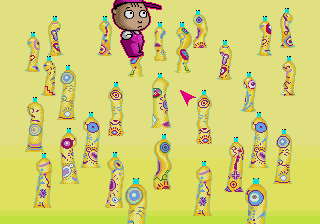



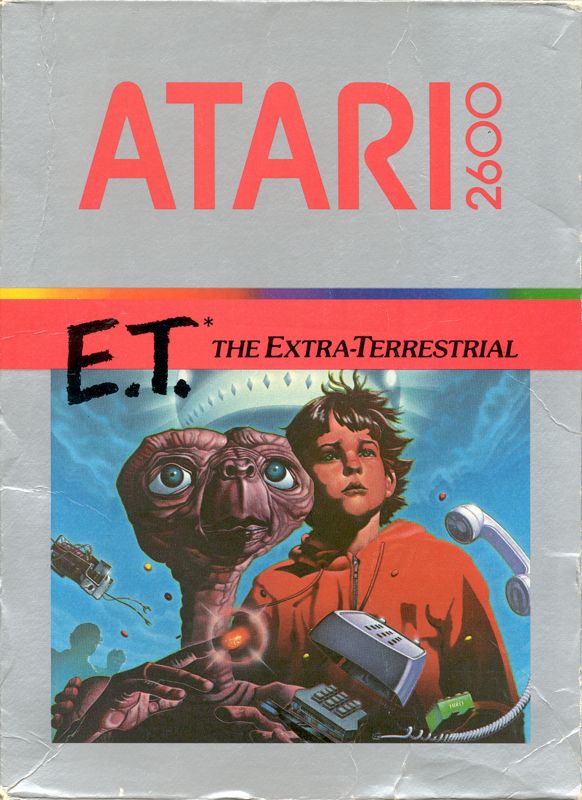

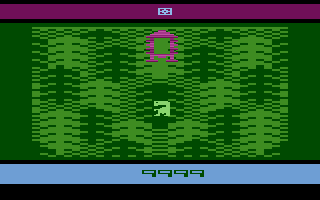
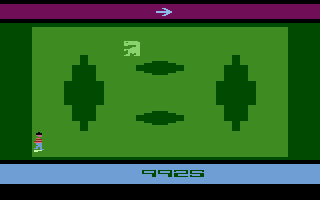

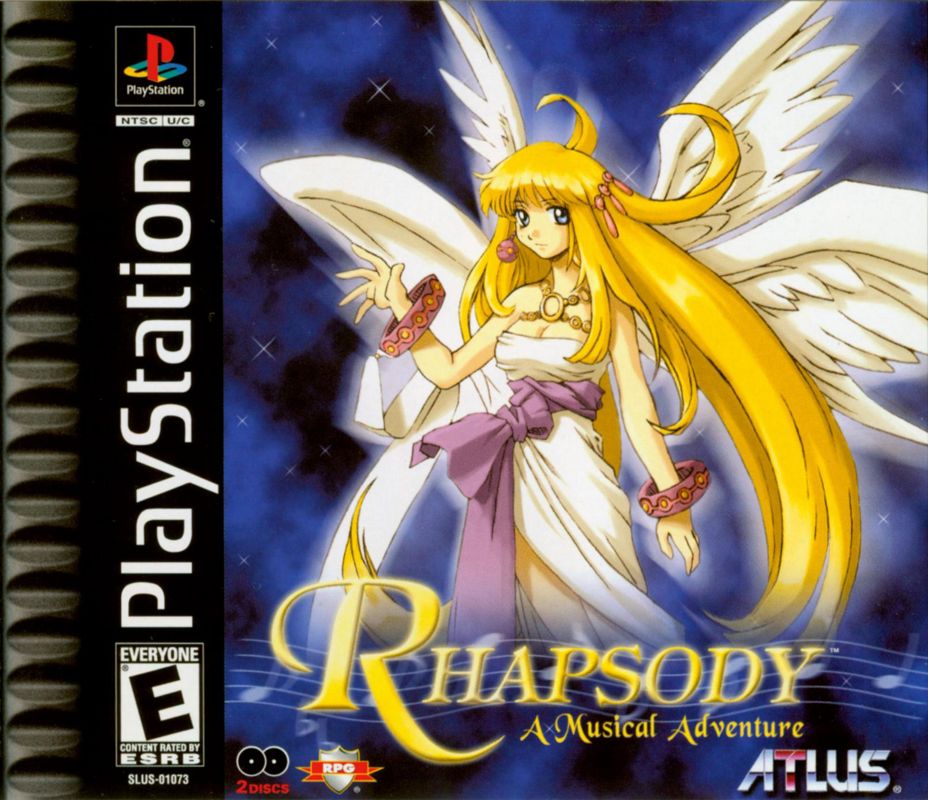














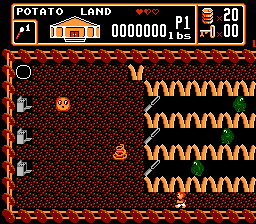
.png)
.png)